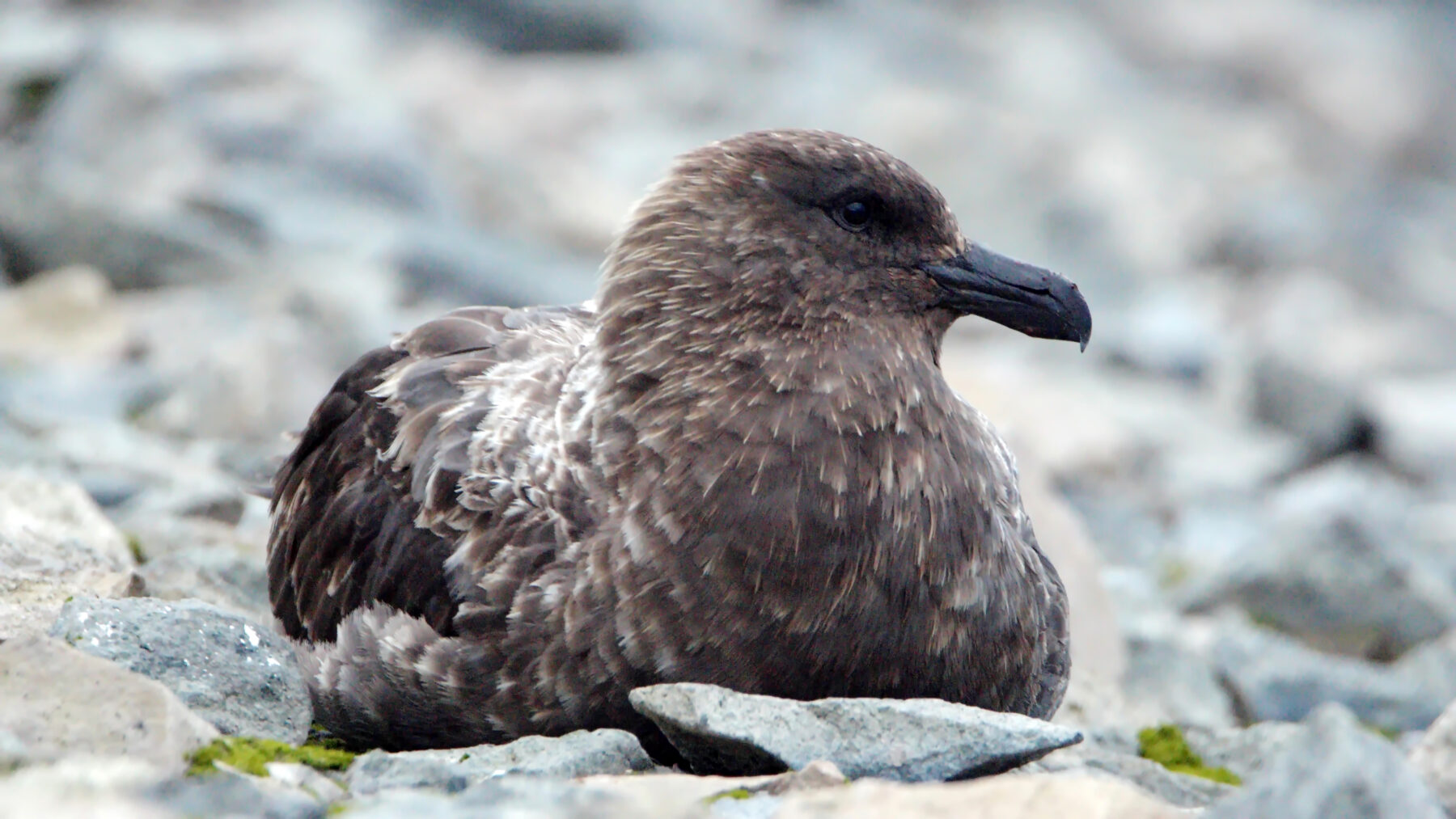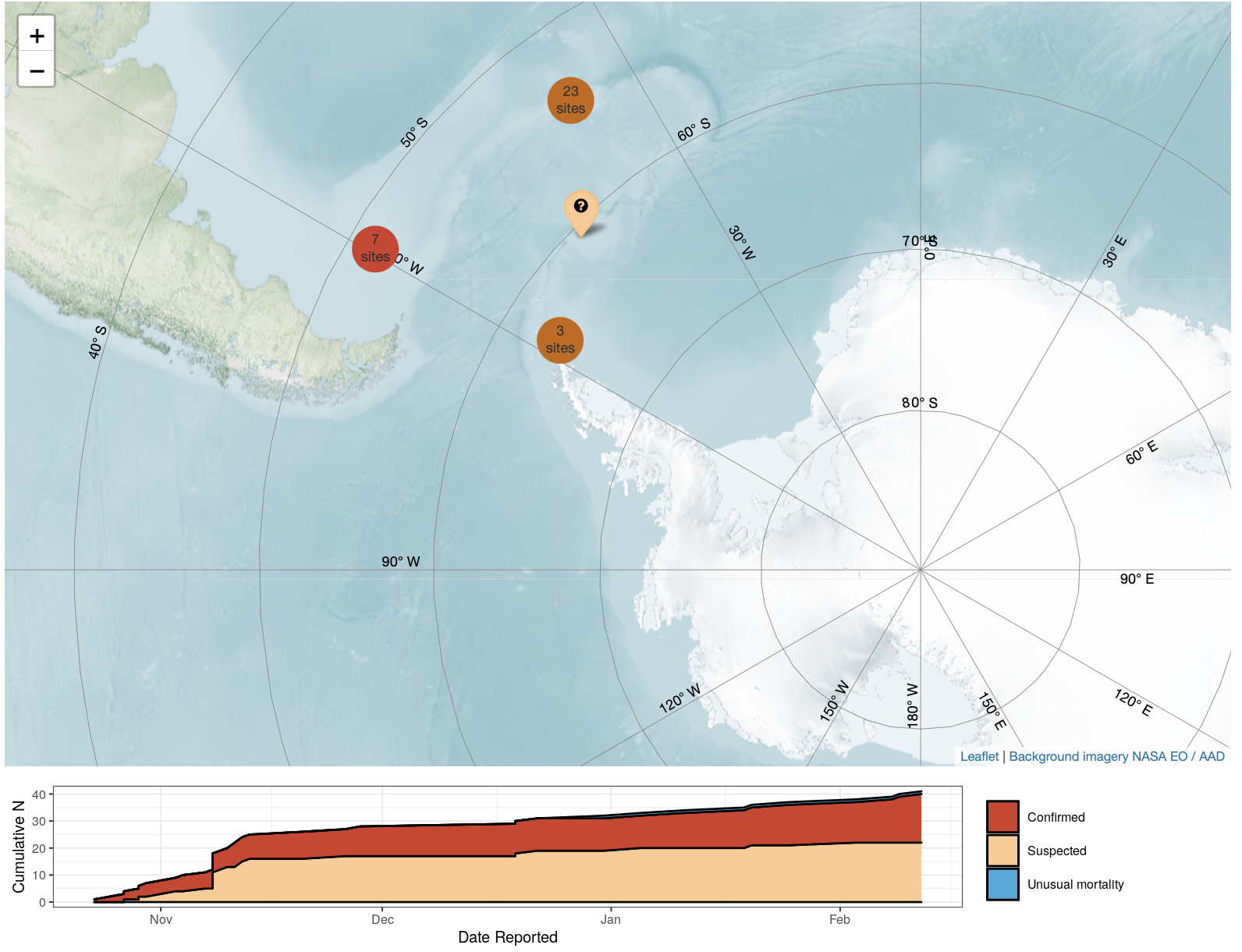‘We’re going to see some haunting images’: Bird flu has reached Antarctica

The highly contagious and deadly H5N1 strain of avian influenza has not only killed millions of birds around the world, but has jumped to mammals. Thousands of deaths have been recorded globally, including a mass mortality event of elephant and fur seals during the disease’s recent spread across South America.
Scientists tracked its path as it moved down the west coast of South America, reaching Antarctica’s subantarctic islands in October last year.
Now, it has officially reached mainland Antarctica. The disease has been confirmed in two brown skuas (Stercorarius antarcticus) – also known as Antarctic skuas – on the western tip of the Antarctic Peninsula.
Argentinian researchers found and collected the two deceased birds in early February, before handing them over to scientists at Spain’s Severo Ochoa Molecular Biology Center of the Higher Council for Scientific Research (CSIC) for testing.

This week the Spanish government released a statement, announcing that, indeed, the two skuas were infected with the disease.
“The presence of the virus, confirmed on February 24, has been found in samples of two dead skuas, which were found by Argentine scientists near the Primavera Antarctic base,” the statement reads.
“Analysis has conclusively shown that the birds were infected with the H5 subtype of avian influenza, and that at least one of the dead birds contained the highly pathogenic avian influenza virus. These analyses consisted of specific PCRs for the influenza virus and the H5 subtype, followed by sequencing of the protease cutting region, which defines with 100 per cent certainty the presence of the Highly Pathogenic Avian Influenza virus.
“The virus has recently been described in the subantarctic islands, but to date, although significant deaths of some birds had been reported in the Antarctic territory, no country had demonstrated the presence of said virus in Antarctic territory.”


‘Absolutely terrifying’
The confirmation is a realisation of the Antarctic scientific community’s worst fears, many of whom relayed these concerns to AUSTRALIAN GEOGRAPHIC late last year.
“Bird flu is absolutely terrifying because it’s so deadly and it doesn’t just affect birds,” said
Professor Dana Bergstrom, the former lead of Biodiversity Conservation with the Australian Antarctic Division (AAD).
AAD seabird ecologist Dr Louise Emmerson echoed this, adding the seabird research community was anticipating a massive loss of life among Antarctica’s wildlife when the disease inevitably reached mainland colonies.
“[We are all] feeling like an existential crisis is bearing down on us and our study ecosystems,” said Louise. “We’re all incredibly attached to our study species, and it feels horrendous that there’s very little we can do, apart from monitor the impacts, avoid spreading it [bird flu] further, and maintain the resilience of the wildlife through other management actions.”
Emily Grilly, WWF-Australia’s Antarctic conservation manager, predicted, “I think we’re going to see some haunting images… And it’s the last thing that Antarctic wildlife needs right now, when it’s trying to adapt to this changing climate.”





